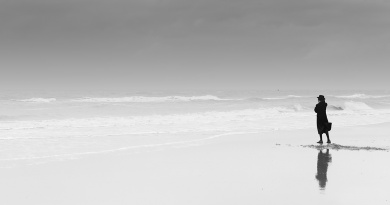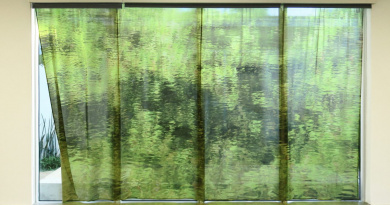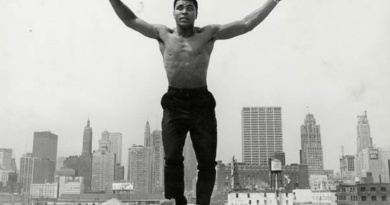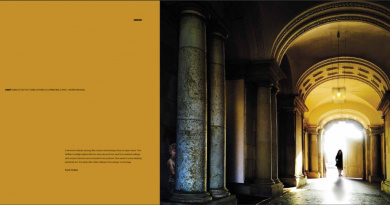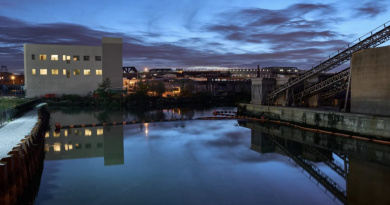Timm Rautert (*1941 Tuchel, West Prussia) is considered one of the outstanding contemporary German photographers. Over the decades, he has succeeded not only in anticipating the most important currents in photography, but also in decisively shaping them - as a studio photographer for galleries, as a photojournalist, as a chronicler of changing working worlds, and finally as a university lecturer who influences subsequent generations.
As a student under Otto Steinert at what was then the Folkwangschule in Essen-Werden, Rautert quickly developed a solid foundation for committed, social documentary photography. In parallel, he explored the fundamentals of the photographic and developed "image-analytical photography," which methodically permeates his artistic work to this day. In Rautert's understanding, the alternation between applied and artistic moments is not a contradiction, but rather an expression of a decided, photographic authorship.
In 1970 Rautert traveled to the USA and photographed Franz Erhard Walther, Andy Warhol and Walter de Maria, among others. In Osaka, he documents the World's Fair and Japanese society, which is steeped in tradition. From the mid-1970s, Rautert worked together with journalist Michael Holzach on joint reportages for ZEITmagazin. For more than a decade, he produced social documentary reportages, e.g. on migrant workers, the homeless, or previously inaccessible groups such as The Hutterites (1978) and The Amish (1974).
In the 1980s, Rautert turned to documenting working environments in the automobile and computer industries, creating a long-term record of the changing world of work in the wake of industrial automation. Around 70 photographs from the work group Enclosures of the Invisible, with photographs of research and production sites such as the Max Planck Institute (1988) or Siemens AG (1989), are presented for the first time in a digital double projection that Rautert developed especially for the exhibition at the Museum Folkwang.
A recurring focus of Rautert's work is the artist portrait; he made his first of Czech photographer Josef Sudek on the occasion of an exhibition of Otto Steinert and students. This was followed by portraits of Otl Aicher, Pina Bausch, André Heller, Jasper Morrison and Eric Rohmer. Rautert focused not only on the person, but also on his surroundings and actions; the portrayed person's sphere of influence was captured as part of his identity.
After being appointed professor of photography at the Academy of Visual Arts in Leipzig (1993-2008), Rautert turned intensively to his freelance work. His attention is focused on reexamining, restructuring, and revisiting former projects. His students include Viktoria Binschtok, Falk Haberkorn, Harry (Grit) Hachmeister, Margret Hoppe, Sven Johne, Ricarda Roggan, Adrian Sauer, Sebastian Stumpf and Tobias Zielony. In 2008, Timm Rautert is the first photographer to receive the Lovis Corinth Prize for his artistic life's work.
Exhibition till 16. May 2021
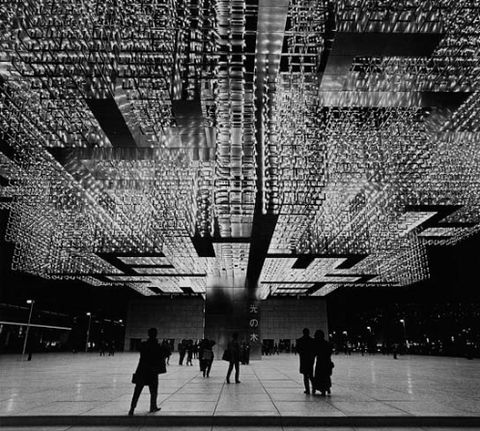
Aus der Serie: Expo ’70 – Osaka, Schweizer Pavillon, 1970 Museum Folkwang, Essen, Schenkung Bernd F. Kühne © Timm Rautert
Museum Folkwang
Museumsplatz 1 | 45128 Essen




